Latest Update: Nov 15, 2025, 6:35:45 AM

The Spanish greenhouse, recognized as one of the most advanced and efficient modern greenhouse structures globally, holds a significant role in today's agricultural industry. Its unique and durable design allows for precise environmental control, boosting plant cultivation productivity. Spanish-style greenhouses are designed in Gothic or Circular forms, each offering unique features and advantages. Selecting the appropriate Spanish greenhouse structure, combined with modern greenhouse equipment, directly impacts product quality and reduces maintenance costs.
In this article from Gol Afrouz, we explore the Spanish greenhouse structure, its price, and its applications, providing you with all the necessary details to operate this type of greenhouse.
Spanish Greenhouse
A Spanish greenhouse structure is considered one of the most advanced types of modern greenhouses. Due to its principled design and high strength, it is an ideal option for commercial cultivation. In the design of a Spanish greenhouse structure, special attention is paid to the quality of connections and the type of framework to ensure high resistance against wind, rain, and climate changes. To begin construction, obtaining a Spanish greenhouse plan (blueprint) is crucial, as a detailed plan clarifies the project's execution path and prevents potential future problems.
After that, the implementation of the Spanish greenhouse begins in compliance with technical standards, and selecting high-quality materials at this stage plays a key role in the structure's longevity. One of the most important parts is the use of Spanish greenhouse connections. Proper connections ensure the skeleton acts as an integrated and strong unit, distributing environmental pressures evenly throughout the structure.
Finally, the construction of the Spanish greenhouse is completed by installing durable coverings and environmental control and ventilation systems, providing a suitable environment for cultivating various agricultural products.
Spanish Greenhouse Specifications
| Specification | Details |
| Span Widths | 8, 8.5, 9, and 9.60 meters |
| Column Height | 4, 4.5, 5, and 6 meters |
| Column Spacing | 2.5 and 5 meters |
| Arch Spacing | 2.5 meters |
| Ridge Height | 5.7, 6.2, and 7.2 meters |
| Wind Resistance | Up to 130 km/h |
| Arch Type | Gothic and Circular |
| Elements | 9 |
| Truss | 32 Galvanized Pipe |
| Hook | Combined pipe and profile |
| Roof Covering | Polycarbonate and UV plastics |
| Galvanized Profile Type | 2x80 |
| Window Frame Profile | 20x30 profile |
| Snow Resistance | Up to 70 kg |
| Ridge Profile | M – U – C |
| Rack & Pinion | Toothed |
| Window Gearbox | Electric |
| Wall Covering | Polycarbonate |
| Roof Covering Fastener | C Profile, UPVC, or Spring |
| Connections Manufacturer | Gol Afrouz Greenhouse Company |
Features of the Spanish Greenhouse
As its name suggests, the Spanish greenhouse has roots in Spanish architecture. These greenhouses typically feature an arched roof, formed by two connected half-arches or two semi-circular arches. This design allows sunlight to be distributed evenly throughout the greenhouse and prevents water accumulation on the roof.
-
Arched Roof: One of the most prominent features of the Spanish greenhouse is its arched roof. This design allows snow and rain to slide off easily, preventing damage to the structure.
-
Proper Ventilation: Spanish greenhouses usually have an efficient ventilation system to control the internal temperature and remove excess humidity.
-
High Resistance: Due to their sturdy structure and use of high-quality materials, these greenhouses are highly resistant to various weather conditions.
-
Long Lifespan: With proper care, Spanish greenhouses can have a long lifespan and be used for many years.
You can also contact Gol Afrouz Greenhouse Company for greenhouse construction, greenhouse structures, greenhouse equipment, and specialized consulting. Gol Afrouz, with years of activity in agriculture and greenhouse construction, is here to provide you with the best services.
Advantages of the Spanish Greenhouse
Building a Spanish-style greenhouse is now recognized as one of the best options for modern and sustainable agriculture. Due to its scientific design, structural strength, and the ability to use advanced equipment, it is an ideal replacement for traditional and even glass greenhouses. The most important advantages of a Spanish greenhouse include:
-
Affordable Price and Economic Efficiency
One of the biggest advantages is the price of the Spanish greenhouse structure compared to glass and imported models. They are built at a lower cost but offer higher efficiency, allowing farmers to set up a modern, standard greenhouse with a reasonable investment and increase profitability.
-
Standard Ventilation and Environmental Control
Ventilation in a Spanish greenhouse is designed to standard. The presence of roof and side vents allows for uniform air circulation. This feature makes it easy to control temperature and humidity, allowing plants to grow in ideal conditions and significantly reducing fungal diseases and pests.
-
Optimal Use of Sunlight
The arched structure and special roof design in a modern Spanish greenhouse ensure sunlight is distributed uniformly throughout the environment, leading to better plant growth and higher product quality.
-
Elimination of Condensation Drips
A common problem in traditional greenhouses is water dripping onto plants from condensation, which can lead to disease and crop damage. In a Spanish greenhouse, this problem is solved thanks to the special roof design and proper ventilation, providing a drier and healthier environment for plants.
-
High Strength and Durability
The Spanish greenhouse is made of resistant metals and has high strength against strong winds, rain, snow, and temperature changes. This feature gives these greenhouses a long lifespan and reduces the need for repairs.
-
Compatibility with All Cultivation Types
These greenhouses are suitable for both soil-based and hydroponic cultivation. Therefore, farmers can choose the cultivation method based on their needs and budget to achieve maximum productivity.
-
Ability to Separate into Independent Units
Another key advantage is the ability to divide the internal space into several independent units. This allows farmers to cultivate diverse products in different conditions simultaneously, making the most of the available space.
-
Quick and Easy Installation
Due to its portable and modern design, installing a Spanish greenhouse structure is very fast and easy. This not only saves time but also reduces implementation costs.
-
Excellent Performance in Various Climates
Thanks to its special design, the Spanish greenhouse performs very well in both cold and hot regions. Its ventilation system and durable structure ensure optimal plant growth in any weather condition.
-
Beautiful and Modern Appearance
In addition to high efficiency, Spanish greenhouses are also aesthetically pleasing and integrated. This feature makes them more attractive for industrial agricultural complexes and even export projects.
-
Increased Efficiency and Profitability
Given all the advantages mentioned, farmers can produce higher quality products in a Spanish greenhouse, reduce losses, and ultimately maximize their efficiency and profit.
Disadvantages of Spanish Greenhouses
The Spanish-style greenhouse structure is popular due to its professional design and high performance, but it also has some challenges and disadvantages. One of the most important points is that its construction and management require specialized knowledge and expertise in structural design, plant cultivation, and working with greenhouse equipment. Without sufficient experience, operating this type of greenhouse can be difficult.
On the other hand, the construction and maintenance costs for Spanish greenhouses are higher than other models due to the use of durable materials and advanced control systems. Also, because of the large internal volume and the need for precise climate control, energy consumption for heating and cooling systems in these greenhouses will be higher.
Consequently, while these structures are excellent for professional production, they may be an expensive and complex option for individuals just entering the field of greenhouse cultivation or setting up a home greenhouse.
Types of Spanish Greenhouses
Although modern Dutch greenhouses are recognized as advanced models globally, in recent years, the Spanish greenhouse has also gained a special place due to its unique design and high efficiency. Many in industrial agriculture compare these two models when buying a Spanish greenhouse structure or deciding on Spanish greenhouse construction. Below, we introduce and examine the two main types of Spanish greenhouses to help you make a more precise choice.
The Spanish structure greenhouse, especially the Circular model, is one of the most widely used types of Spanish greenhouses in modern agriculture. The curved and arched roof design in circular greenhouses allows sunlight to be distributed more uniformly throughout the interior, and air ventilation is also improved. This type of structure is common in large-scale professional industrial greenhouse construction projects because it offers high resistance to wind, rain, and various weather conditions.
For this reason, many farmers and investors prefer the circular greenhouse model over other designs to increase productivity and reduce environmental damage. Overall, choosing a circular greenhouse not only helps improve plant growth quality but its high structural longevity and the ability to equip it with modern temperature and humidity control systems make this model one of the best options among the types of Spanish greenhouses.
(Keywords: Gothic Spanish greenhouse structure | Implementation of Spanish greenhouse | Photo of Spanish greenhouse | Gol Afrouz Greenhouse)
Gothic Spanish Greenhouse
The Gothic Spanish greenhouse structure is one of the most popular models in Iran and worldwide. Due to its arched design and high strength, it is used in many affordable greenhouse construction projects as well as industrial cultivation. This type of structure bears a strong resemblance to tunnel and peaked greenhouses and is known as one of the most efficient styles of Spanish greenhouses.
The advantages of Gothic Spanish greenhouses include:
-
Proper ventilation: Optimal airflow for better plant growth.
-
Optimal use of sunlight: The roof design allows for maximum reception of natural light.
-
Prevention of water droplet formation: Reduces fungal diseases in products.
-
High resistance: Strength against wind, rain, and various weather conditions.
-
Ideal cultivation environment: Suitable for vegetable greenhouses and various other plants.
-
Easy control of environmental conditions: Ability to adjust temperature, humidity, and light.
-
Adaptable to various climates: Usable in hot and cold regions.
-
Beautiful and modern appearance: The Gothic design gives the greenhouse an attractive look.
-
Divisible: Suitable for simultaneous cultivation of different products.
-
High production efficiency: Economical performance and desirable profitability.
-
Affordable cost: A cost-effective choice for those looking to build an affordable greenhouse.
-
Easy installation: Quick and simple setup; possibility of using a structure plan pdf.
Applications of the Spanish Greenhouse
Spanish greenhouses are used in various industries, including:
-
Agriculture: For off-season cultivation, producing medicinal plants, and growing ornamental flowers.
-
Agricultural Research: For conducting research in agriculture and studying the effect of various factors on plant growth.
-
Education: In universities and educational centers to teach principles of agriculture and plant cultivation.
-
Landscaping: In gardens and villas as a decorative element.
Cost of Building a Spanish Greenhouse
Estimating the cost of building a Spanish-style greenhouse is not limited to size or design; several factors affect it. Climatic conditions of the region (such as wind speed, snowfall and rain, air humidity, and altitude), the type of materials used, and even the structure's location all influence the final cost.
Among the most important factors affecting the price of the Spanish greenhouse structure are the material of the pipes and profiles, the type of connections (especially in the price of a bolted greenhouse structure), and the design and height of the Spanish greenhouse. The higher the material quality, the higher the Spanish greenhouse price will be, but in return, the durability and lifespan of the structure increase.
Typically, the approximate range for the price of building a standard Spanish greenhouse is reported between 900,000 and 3,000,000 (Tomans/Rials) per square meter (depending on material quality and control equipment). Of course, this number varies and is determined only after detailed project design and estimation, considering fluctuations in the steel market, labor costs, and heating/cooling systems.
Although the initial investment for erecting a modern Spanish greenhouse is relatively high, it is economical and cost-effective in the long run due to higher productivity and reduced product losses. For those with a limited budget, choosing lighter materials and using simpler designs are also viable options that can be considered for building an affordable greenhouse.
Spanish Greenhouse Foundation
The foundation is the core and base of any greenhouse, responsible for transferring the structure's load to the ground and protecting the greenhouse against forces of wind, snow, and external pressures. In a Spanish greenhouse, the foundation is typically made with concrete (grade 300 or higher) at an appropriate depth to ensure sufficient strength. Foundation holes are created every 2.5 meters in the side walls and every 5 meters in the inner rows, with dimensions of about 80-110 cm deep and 60-90 cm in diameter.
An important point in foundation implementation is that the soil around the holes must remain undisturbed. Therefore, it is recommended to dig the holes with a post-hole digger (auger) rather than an excavator, as this eliminates the need for backfilling. Among the types of foundations (metal, wood, and concrete), the concrete type is the most common for large industrial greenhouses and is known as the most resistant option for a Spanish greenhouse structure.
Steps to Build a Spanish Greenhouse
The method of building a Spanish greenhouse is a precise, multi-stage process that must be carried out according to engineering principles and the climatic conditions of each region. The first step in erecting such a greenhouse is selecting suitable land and assessing the weather conditions, as factors like wind speed, rainfall, sunlight intensity, and soil type directly affect the design and implementation of the structure.
After that, the technical design and structural planning are done according to the product to be cultivated. Next, the foundation is built, and the metal structure, including columns, arches, and bracings, is installed. Then, the appropriate covering is stretched over the greenhouse, and internal equipment, including irrigation, heating and cooling, ventilation, and environmental control systems, are installed. Finally, the infrastructure is completed, and the greenhouse is prepared for operation. The steps for building a Spanish greenhouse are:
-
Land Selection and Preparation
Assessing climatic conditions (wind, rain, humidity, and light) and choosing a suitable location. Leveling and preparing the ground surface, creating proper drainage to prevent water accumulation.
-
Engineering Design and Planning
Preparing the Spanish greenhouse plan based on the product type and cultivation system (soil or hydroponic). Determining the diameter and thickness of pipes and profiles, connections, and structure height.
-
Foundation Implementation
Digging holes at specific points (sides every 2.5 meters and inner rows every 5 meters). Pouring concrete (grade 300+) and setting the bases to increase resistance against wind and snow.
-
Installation of the Steel Structure
Assembling and installing columns, arches, and wind bracings according to the plan. Implementing longitudinal bracing and installing gutters to collect rain and snowmelt.
-
Installation of Greenhouse Covering
Using polyethylene film, polycarbonate, or other resistant coverings instead of glass. Complete sealing and insulation to prevent energy loss.
-
Installation of Internal Equipment
Setting up irrigation systems (drip or fogger), cooling (pad and fan), and heating (heater or boiler). Installing ventilation equipment, shading systems, and smart sensors for temperature and humidity control.
-
Completion of Infrastructure
Connecting the structure to water and power sources, installing the electrical panel and central control system. Creating internal pathways for movement and dividing the space for diverse cultivation.
-
Test Run and Initial Cultivation
Testing the equipment and checking system performance. Conducting a trial cultivation to ensure ideal plant growth conditions.
Second-Hand Spanish Greenhouse
Many people turn to second-hand Spanish greenhouse structures to reduce costs, but it is necessary to pay attention to a few important points before buying. Used structures usually do not have their original quality, and their useful life is reduced because their galvanized coating has an age limit. Furthermore, these structures are often not designed for your specific climate and region and may not perform properly.
Also, the reason for selling these structures is often technical problems or structural weaknesses; it rarely happens due to selling the land or a change in financial needs. In general, Gol Afrouz Company does not recommend buying a second-hand Spanish greenhouse. However, if the buyer wishes, consulting and purchasing services for this type of structure are available after careful inspection and expert evaluation.
Spanish Greenhouse Structure Plan
To successfully implement a Spanish greenhouse, access to a Spanish greenhouse plan and adherence to its technical principles are essential. These plans include specifications for columns, arches, bracings, spacing, and the height of the structure, and they play an important role in ensuring the greenhouse's resistance and durability. Using these plans, one can easily follow instructions for building a Spanish greenhouse and even design smaller versions for building a small greenhouse or a home greenhouse.
In design and construction, important points such as selecting suitable materials, observing column and arch spacing, installing plastic or polycarbonate covering, and creating a ventilation system must be considered for the greenhouse to function optimally. These principles are the same for a Spanish greenhouse, whether in Iran or a greenhouse in Spain, and allow you to create a controlled environment for plant growth even in a small space.
Based on these plans and instructions, one can build a resistant greenhouse with proper ventilation and optimal use of sunlight, thereby increasing production efficiency.
Difference Between Iranian and Spanish Greenhouses
Iranian and Spanish greenhouses have significant differences in appearance and structure, and each includes its own unique models and sub-categories.
One major difference is the spacing between columns: in Iranian greenhouses, this distance is about 3 meters, while in Spanish greenhouses, it is 2.5 meters on the side walls and 5 meters in the inner rows. Also, the arch spacing is about 3 meters in Iranian models and 2.5 meters in Spanish ones.
Another difference relates to the covering installation method; in Iranian greenhouses, wiring is necessary under the plastic covering, but in a Spanish greenhouse, this is not needed, which is one of the significant advantages of the Spanish structure.
In addition to appearance, the quality and resistance of the structures also play a role in their differences. In general, it can be said that many of the problems and limitations of Iranian greenhouses are resolved by using a Spanish greenhouse structure. This model, due to its strength and engineered design, is a suitable option for professional, high-yield production.
Conclusion
The Spanish greenhouse, as one of the most popular types of greenhouses, is used in many industries due to its unique features and numerous advantages. Its arched design, proper ventilation, high resistance, and beautiful appearance are among its most important attributes. Given the importance of food security and the need to produce high-quality agricultural products, using Spanish greenhouses can be an effective step toward developing sustainable agriculture.
Gol Afrouz Company also provides all efficient and modern greenhouse equipment. If you are in Karaj, Tehran, or any other city in Iran and looking for a reliable partner for your greenhouse construction, contact us now through the website and benefit from the expert advice of our specialists.



 Dutch Greenhouse Complexes: Aalsmeer Hub, Benefits, & Costs Guide
Dutch Greenhouse Complexes: Aalsmeer Hub, Benefits, & Costs Guide
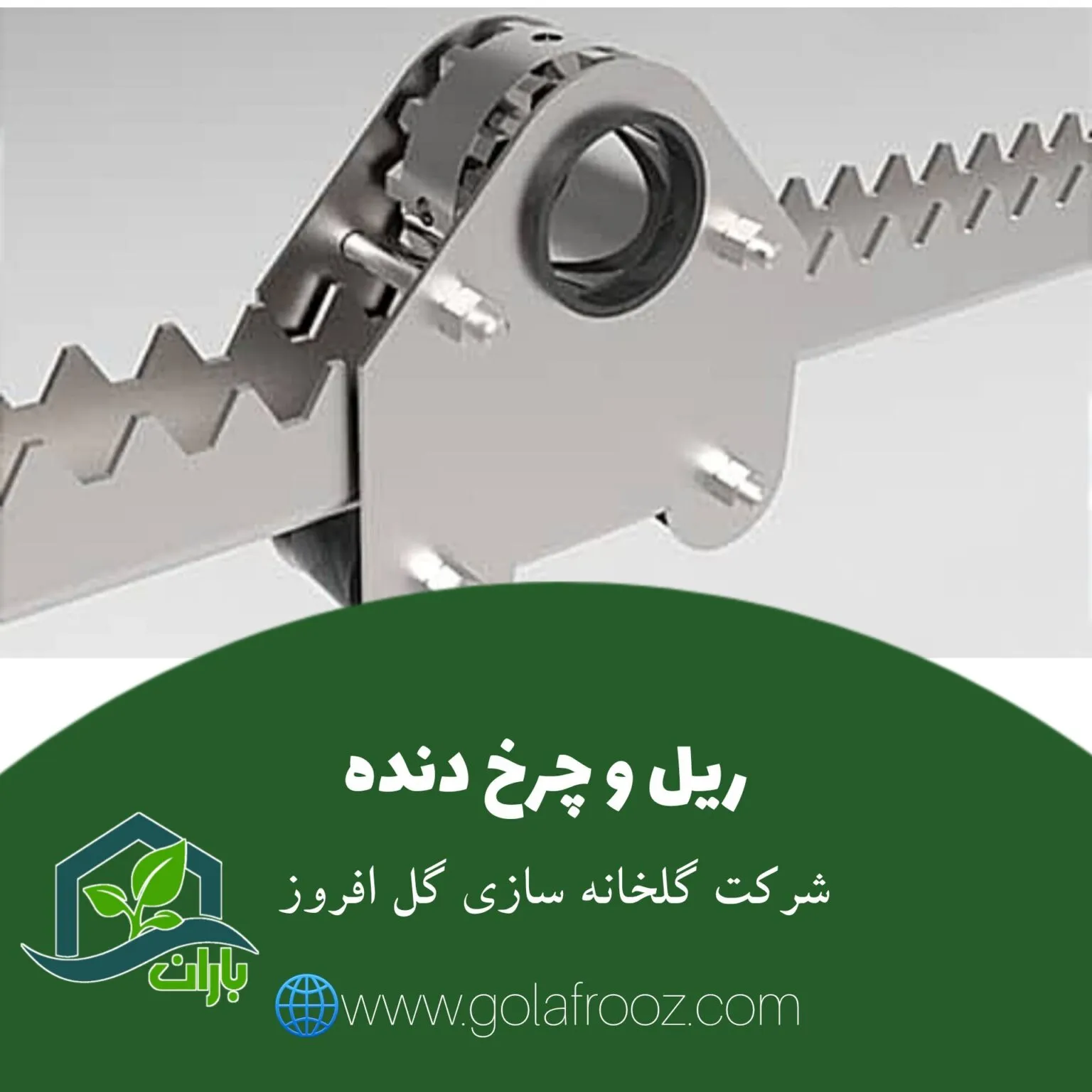 Greenhouse Rail and Gear Systems: Automation, Benefits & Price Guide
Greenhouse Rail and Gear Systems: Automation, Benefits & Price Guide
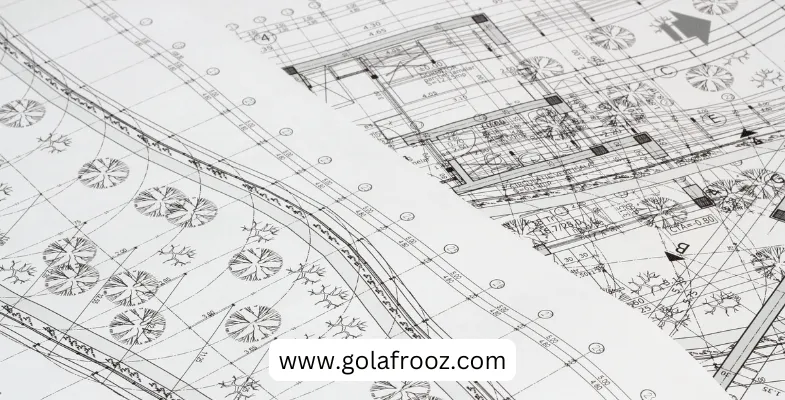 Comprehensive Guide to Greenhouse Plans: Designs, Types & Layouts (Spanish vs. Dutch)
Comprehensive Guide to Greenhouse Plans: Designs, Types & Layouts (Spanish vs. Dutch)
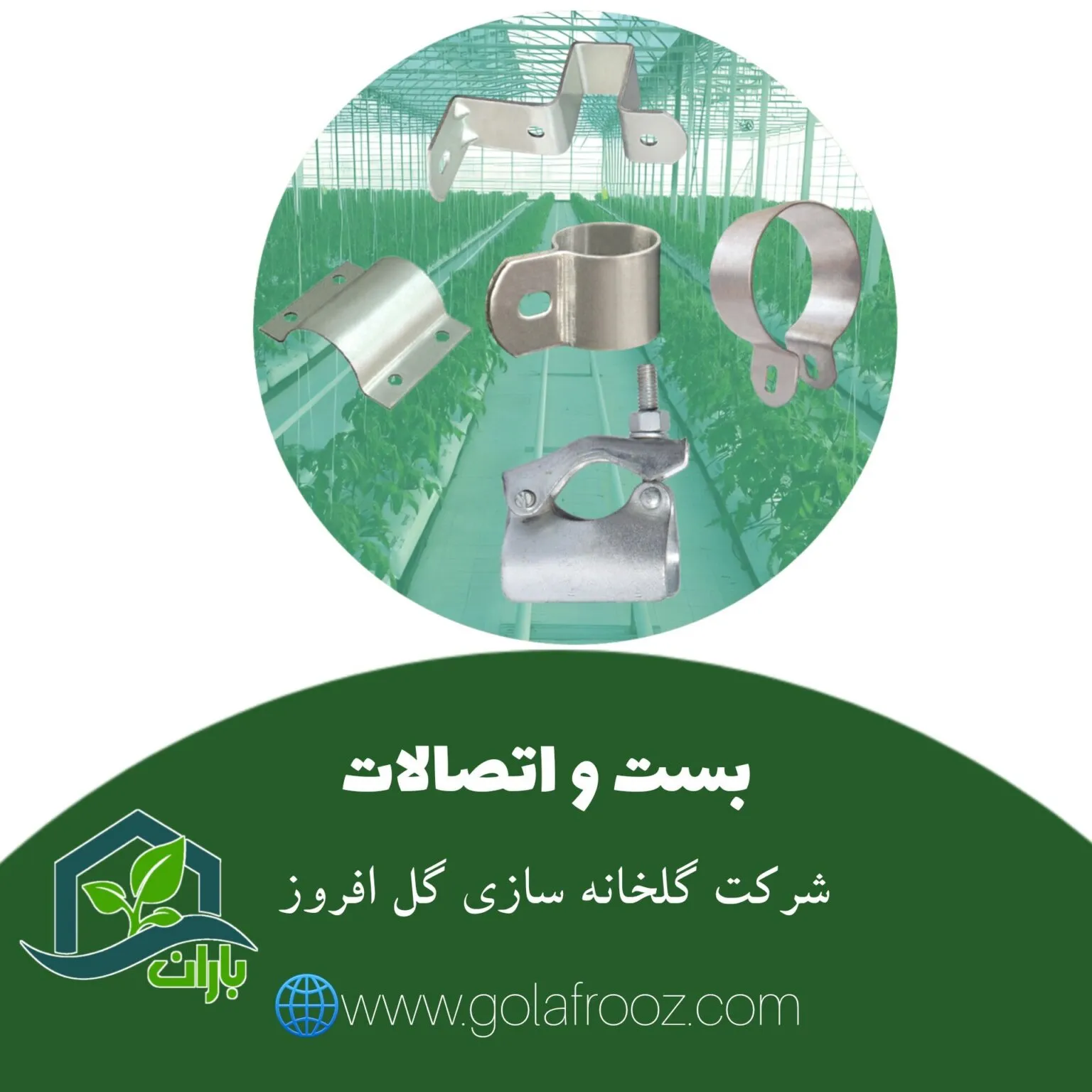 Greenhouse Fittings & Fasteners: Types, Uses & Pricing Guide
Greenhouse Fittings & Fasteners: Types, Uses & Pricing Guide
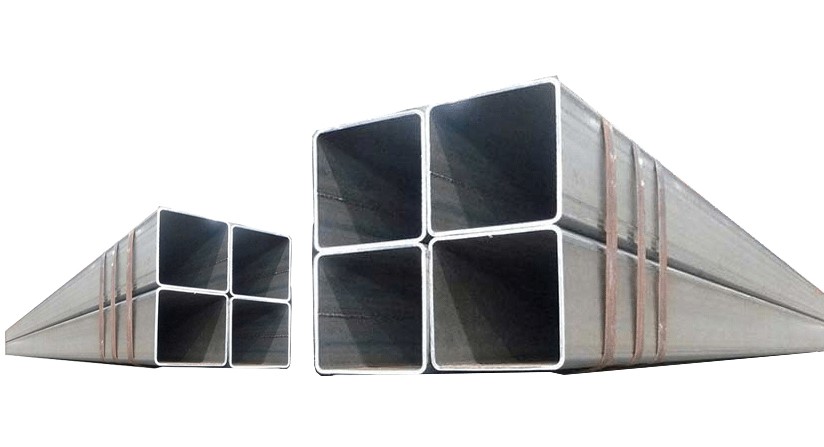 Galvanized can profile 10
Galvanized can profile 10
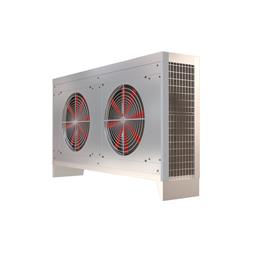 Axial Fan Evaporative Cooler
Axial Fan Evaporative Cooler
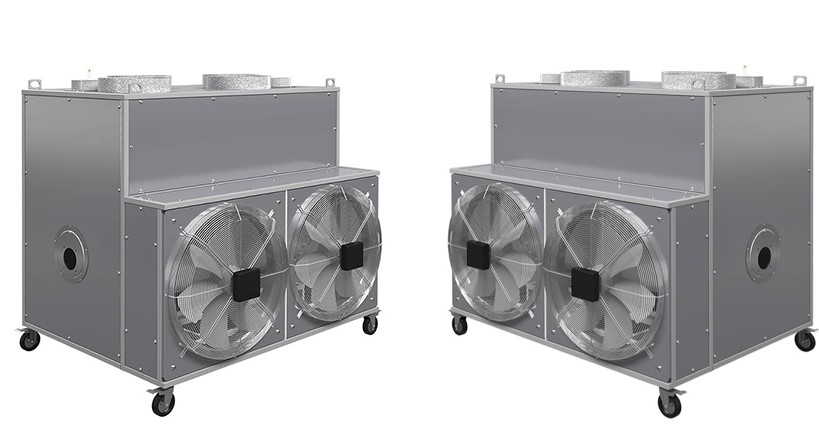 Furnace Heater
Furnace Heater
 Type 4 Circulation Fan
Type 4 Circulation Fan
 Greenhouse Mist Sprayer
Greenhouse Mist Sprayer
